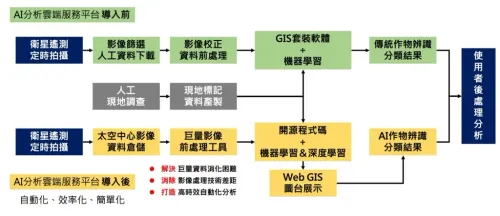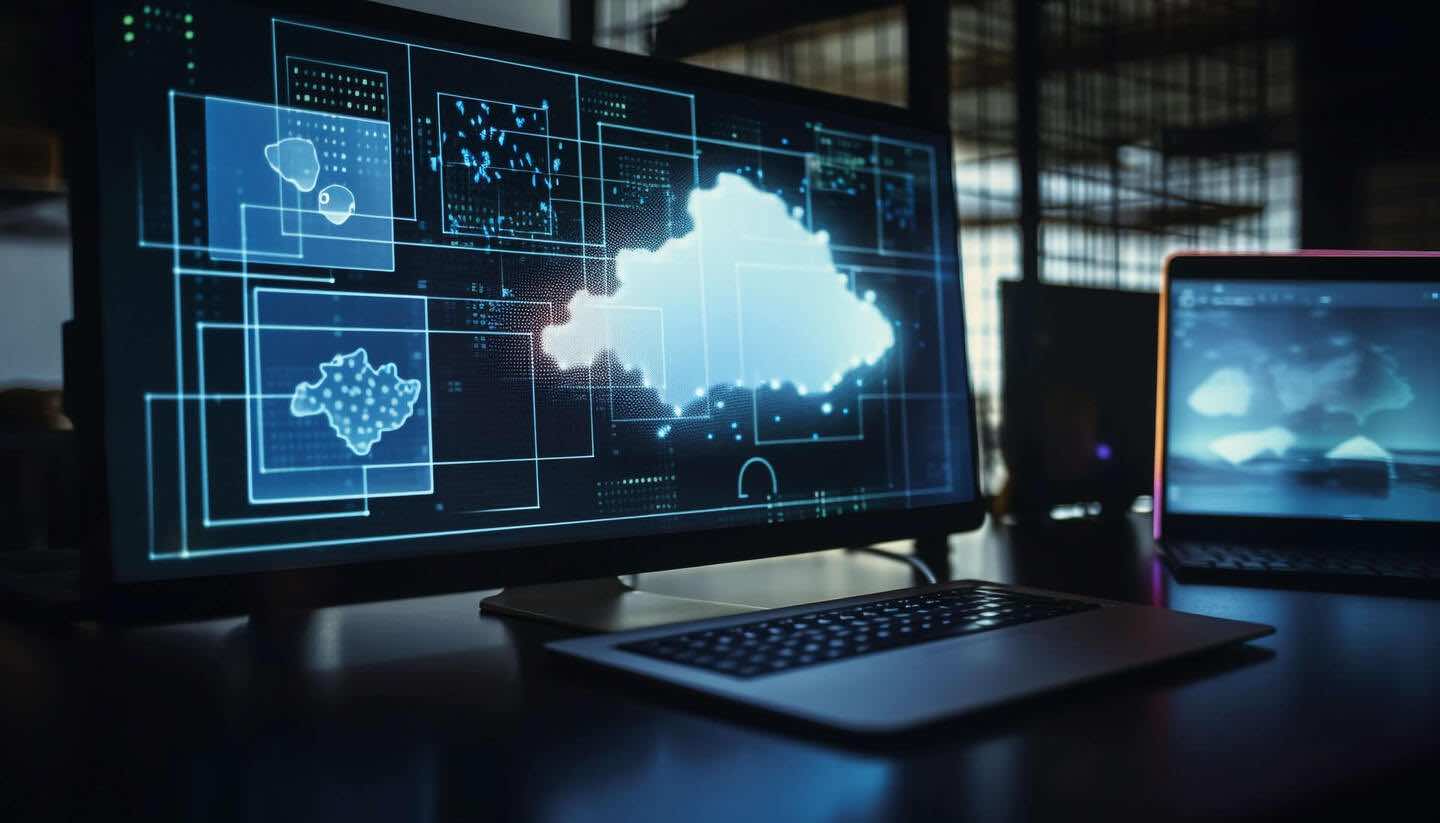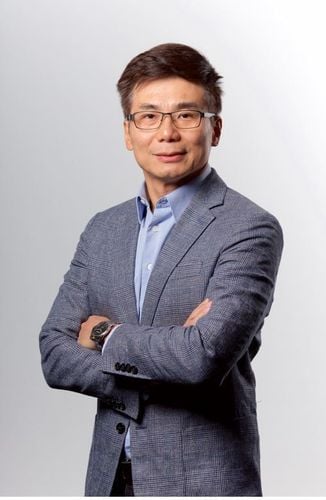【2020 Application Example】 Latitude X Huayan Technology Jointly Develop AI for Predictive Maintenance of Machinery, Improving Utilization Rates of Hemodialysis Machines
Taiwan has the highest rate of dialysis in the world! Keeping dialysis machines functioning properly is the top priority for reducing risks
According to the latest annual report released by the US Renal Data System (USRDS), Taiwan has the highest dialysis rate in the world. In 2018, acute and chronic kidney disease patients spent NT$51.378 billion on health insurance, and the number of dialysis patients in the country surged past 90,000!
When kidneys function no longer, replacing kidney function either through transplantation or dialysis is necessary, with about 90% of patients choosing hemodialysis (commonly referred to as 'dialysis'); Patients generally require treatment three times a week for 4-5 hours per session at specific medical facilities (hemodialysis centers, commonly known as 'dialysis centers'), which is a high-risk medical procedure.
During hemodialysis at the centers, unexpected events directly affect patient medical safety and quality of treatment, consuming medical resources and manpower to resolve or correct. Reducing these incidents during hemodialysis is a major requirement for these centers. The two most common incidents involve dialysis equipment problems and patient complications, with most technical issues attributed to the hemodialysis machines.
Hemodialysis machines are structurally complex and prone to safety hazards
The design of a hemodialysis machine is intricate and precise, featuring an integration of fluid mechanics, electronics, mechanics, and optics in its extracorporeal circulation system. Due to long operating hours, the machine is susceptible to thermal and chemical corrosion, causing wear and tear and potentially impairing the entire dialysis system's operational performance, with multiple risks and safety hazards.
When a hemodialysis machine experiences an 'event,' whether minor or major, reactive maintenance is triggered. Not only do patients have to switch to an alternate bed, but during the approximately 2 to 3 days of maintenance downtime, the affected beds become unavailable, thereby reducing the number of available beds and causing scheduling issues for already booked patients.
Any 'event' involving hemodialysis machines is a significant concern for centers, thus improving the equipment utilization rate of these machines is a pressing issue!
Using AI for Predictive Maintenance to Improve Utilization Rates of Hemodialysis Machines

▲Development Workflow
By utilizing big data and AI predictive framework to adopt a proactive 'predictive maintenance' approach instead of a reactive 'fix-on-failure' approach, it helps reduce the occurrence of irregular incidents, improving the availability of hemodialysis machines and thereby hoping to handle their malfunctions better, conserving medical resources, manpower, and time, while improving treatment quality and protecting patient life safety.
Through AI predictions, maintenance of hemodialysis machines can be categorized as 'Predictive Maintenance' and 'Real-Time Fault Diagnosis.' 'Predictive Maintenance' refers to regular checks of the machine's status using big data and an AI prediction model during the daily pre-heating of the machines, delivering health status alerts if unhealthy trends in parameters are detected. 'Real-Time Fault Diagnosis' involves analyzing data and equipment status during dialysis using the AI model to ascertain if predictive maintenance is necessary; when an issue arises, it can be diagnosed and non-major events immediately resolved.

▲Solution Diagram
With an innovative service mode, promoted across dialysis centers in Taiwan or the Asia region
The AI predictive maintenance model can reduce abnormal events during dialysis, optimize on-site resources, increase available hemodialysis bed numbers, and consequently provide further safety for patients. For 'patients,' it reduces the incidence of mishaps causing harm and discomfort; for 'medical staff,' it enhances the ability to handle such events easily, improving job satisfaction and quality; and for 'hospitals,' it fosters improved medical quality, patient satisfaction, and cost savings, while minimizing medical disputes.
'Increasing the Availability of Hemodialysis Equipment' is crucial for dialysis centers. AI predictive maintenance as an innovative service model can be promoted extensively among dialysis centers with large patient volumes across Taiwan or Asia, also integrating individual dialysis statuses, including backend maintenance, dispatching, and parts inventories, planning a new cloud service operation model.
「Translated content is generated by ChatGPT and is for reference only. Translation date:2024-05-19」


